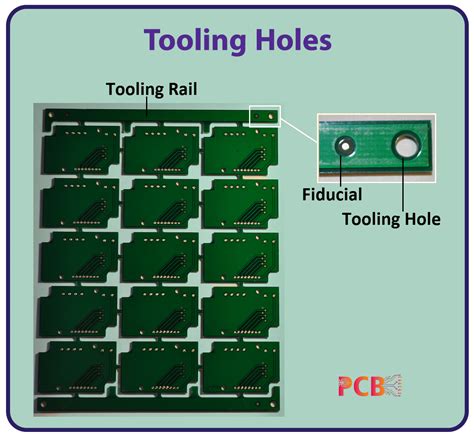
ALL ABOUT FLEX PCB
-
How to panelize PCBs with CAM
Posted by
–
 Read more: How to panelize PCBs with CAM
Read more: How to panelize PCBs with CAMWhat is PCB Panelization? PCB panelization involves arranging multiple identical or different PCB designs on a single larger board, known as a panel. This allows for bulk production of PCBs in a single manufacturing run, reducing setup time and costs. Panels are designed to fit the specific dimensions of the […]
-
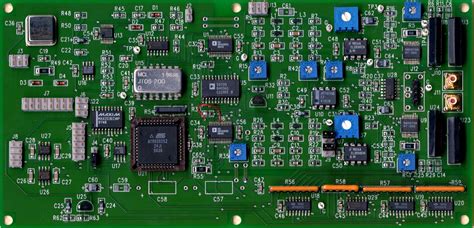 Read more: Blank PCB Board-Revisited Useful Introducing(Latest)
Read more: Blank PCB Board-Revisited Useful Introducing(Latest)Introduction to PCB-Revisited PCB (Printed Circuit Board) is an essential component in modern electronics. It serves as the foundation for mounting and connecting various electronic components to create a functional circuit. With the advancements in technology and the increasing demand for compact and efficient electronic devices, PCB design and manufacturing […]
-
Why PCB design uses 3D functions
Posted by
–
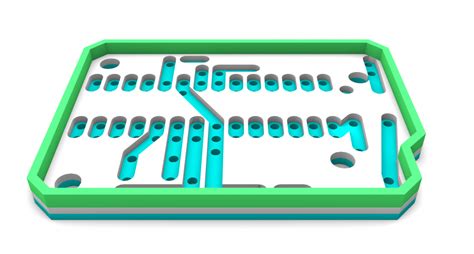 Read more: Why PCB design uses 3D functions
Read more: Why PCB design uses 3D functionsIntroduction to PCB 3D Design Printed Circuit Board (PCB) design has evolved significantly over the years, and one of the most notable advancements is the incorporation of 3D functions. PCB 3D design has revolutionized the way engineers and designers approach the creation of electronic devices, offering a range of benefits […]
-
PCB & Assembly Services – eC-stencil
Posted by
–
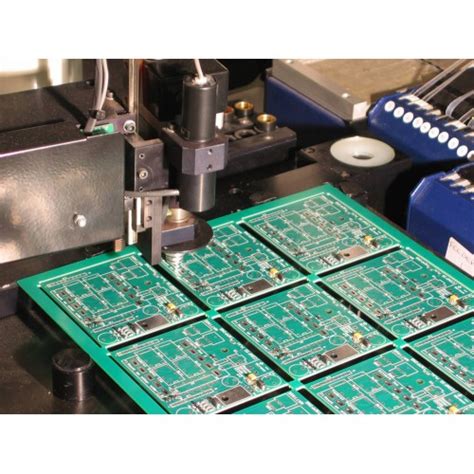 Read more: PCB & Assembly Services – eC-stencil
Read more: PCB & Assembly Services – eC-stencilIntroduction to PCB Assembly PCB assembly is the process of assembling electronic components onto a printed circuit board (PCB) to create a functional electronic device. The PCB serves as the foundation for the electronic components, providing electrical connections and mechanical support. PCB assembly involves various techniques and processes, including surface […]
-
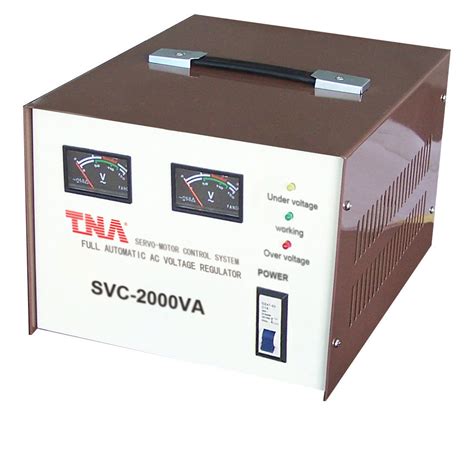 Read more: Voltage Stabilizer Car: A Complete Beginner’s Guide
Read more: Voltage Stabilizer Car: A Complete Beginner’s GuideIntroduction to Voltage Stabilizers in Automotive Applications In the world of automotive electronics, ensuring stable and reliable power supply is crucial for the proper functioning of various electrical components. Voltage stabilizers play a vital role in maintaining a consistent voltage level, protecting sensitive equipment from power fluctuations, and enhancing the […]
-
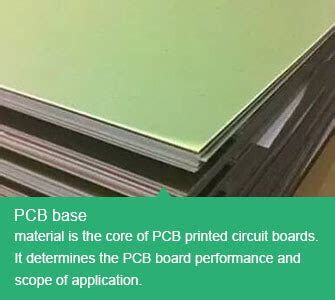 Read more: PCB Materials – The Ultimate Guide to PCB Manufacturing
Read more: PCB Materials – The Ultimate Guide to PCB ManufacturingTable of Contents Introduction to PCB Materials Substrate Materials FR-4 High Tg FR-4 Polyimide PTFE Ceramic Metal Core Copper Foil Electrodeposited Copper Foil Rolled Copper Foil Solder Mask Silkscreen Surface Finish HASL ENIG Immersion Tin Immersion Silver OSP Choosing the Right PCB Materials FAQ Conclusion Request Flex PCB Manufacturing & […]
-
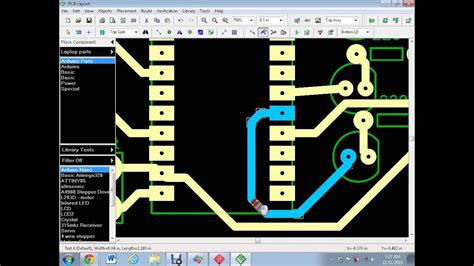 Read more: PADS PCB Design Tutorial for Beginners: A Step-by-Step Guide
Read more: PADS PCB Design Tutorial for Beginners: A Step-by-Step GuideIntroduction to PCB Design and PADS Software Printed Circuit Board (PCB) design is a crucial aspect of electronic product development. It involves the layout and routing of electronic components on a board to create a functional circuit. PADS is a powerful PCB design software that offers a comprehensive set of […]
-
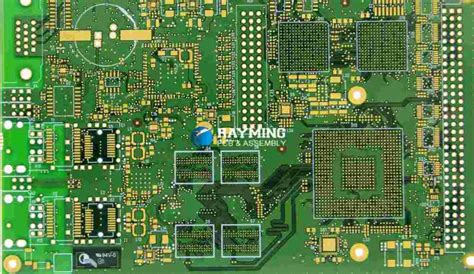 Read more: What Is The Difference Between FR 4 Material And Rogers Material
Read more: What Is The Difference Between FR 4 Material And Rogers MaterialIntroduction When it comes to choosing materials for printed circuit boards (PCBs), two of the most popular options are FR-4 and Rogers materials. While both materials have their advantages and applications, there are significant differences between them that make each suitable for specific types of projects. In this article, we […]
-
Neon Lamp Circuit: What Is It and How It Works?
Posted by
–
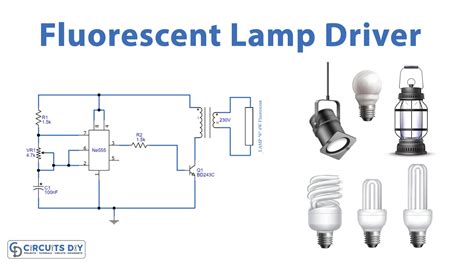 Read more: Neon Lamp Circuit: What Is It and How It Works?
Read more: Neon Lamp Circuit: What Is It and How It Works?Introduction to Neon Lamp Circuits Neon lamp circuits are a fascinating and versatile component in the world of electronics. These circuits, built around the iconic neon lamp, have found applications in a wide range of devices and systems. From simple indicator lights to complex displays and signage, neon lamp circuits […]
-
What Is Via in Pad
Posted by
–
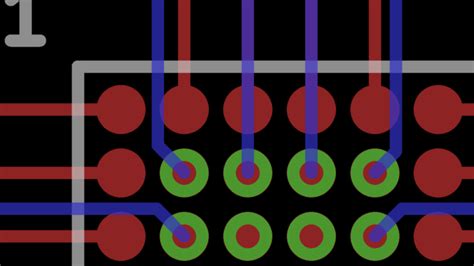 Read more: What Is Via in Pad
Read more: What Is Via in PadIntroduction to ViaInPad ViaInPad is a revolutionary technology that has transformed the world of printed circuit board (PCB) design and manufacturing. It is a process that involves creating electrical connections between different layers of a PCB using tiny holes called vias. These vias are filled with conductive material, allowing signals […]




